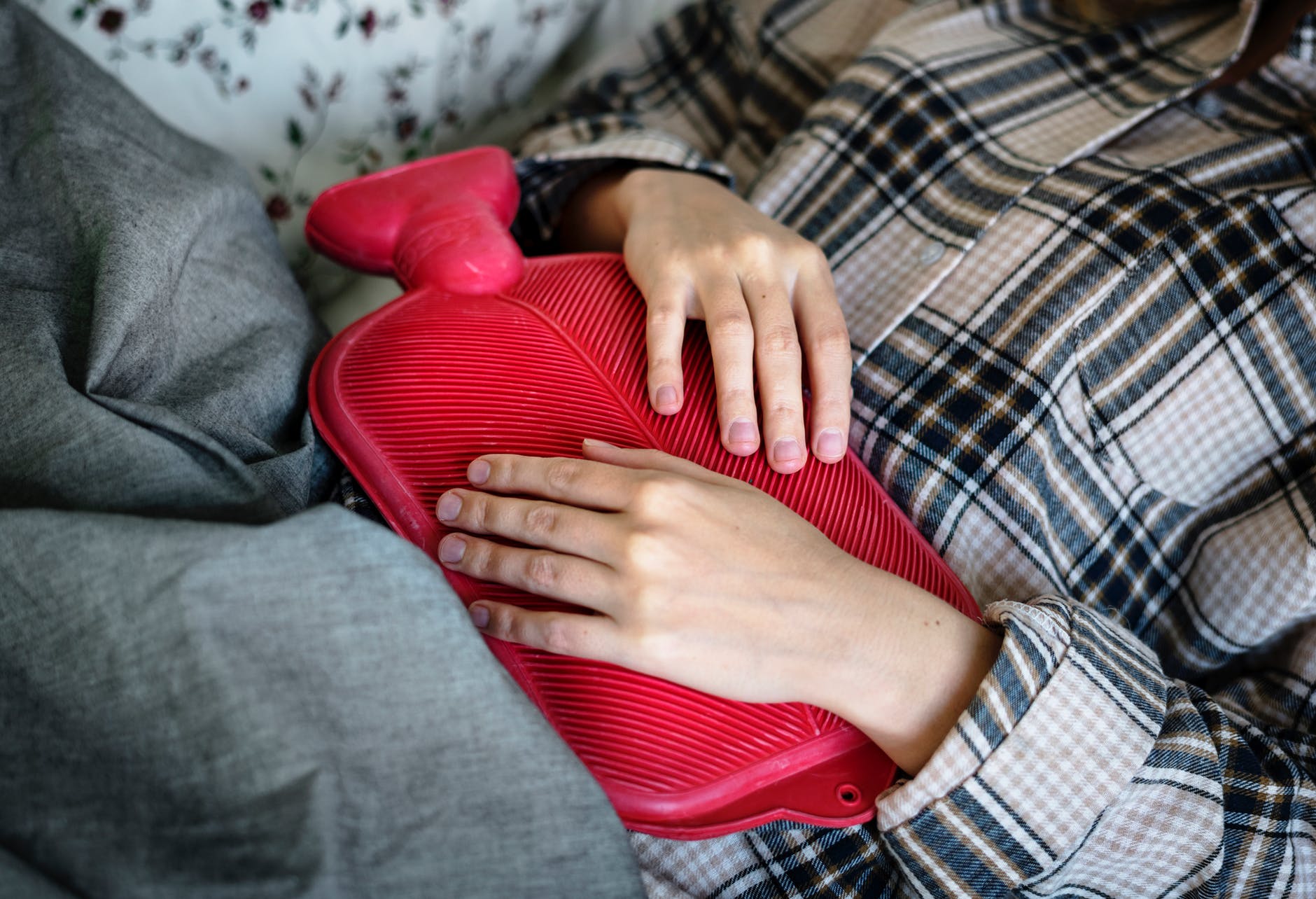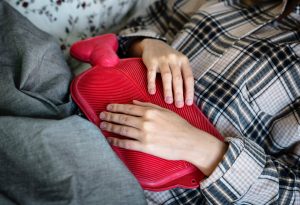
23 Nov Pelvic Pain: What it Is, What Causes It, & How Physical Therapy Can Help
Pelvic pain is a topic that can seem as uncomfortable to talk about as it is to experience, which can leave some women feeling as if they are alone in their experience. In actuality, it is extremely common and affects women of all ages, whether they are of childbearing age or post-menopausal. We share the symptoms, possible causes, and how turning to physical therapy can provide relief from this common and painful condition.
A simple enough term, pelvic pain is a broad umbrella under which discomfort and pain of the pelvic area resides. Pain felt in the lower abdomen, pelvis, and perineum is all considered pelvic pain; pain lasting longer than six months is chronic. Pelvic pain is highly individual: some patients describe stabbing pain, burning, or aching discomfort.
Other symptoms of pelvic pain include: hip/buttock pain, inability to sit for normal periods of time, pelvis joint pain, intercourse pain, pelvic muscle tender points, urinary symptoms such as incontinence, frequency and urgency, painful bowel movements, difficulty walking or sleeping, difficulty with normal daily activities, and a reduced ability to move hips/lower back.
Pelvic pain has different causes, although pregnancy and childbirth appear to lead to pelvic pain more frequently. The changing hormones of pregnancy, for example, are known to cause joints throughout the body to loosen, which can contribute to problems of the pelvis. Pregnancy and childbirth can also weaken pelvic floor muscles, cause imbalances within those muscles, affect the bladder, and shift pelvic organs. Women may also experience scar tissue from a C-section delivery or from an episiotomy or vaginal tear. Other causes such as disease or the aging process can also affect the pelvis and increase the likelihood of pelvic pain.
Physical therapy can be very beneficial in treating pelvic pain. Your physical therapist will assess your condition and design a custom treatment plan designed to reduce muscle tightness, improve strength and mobility, and also improve how you use your muscles. By improving your strength and ability to use your muscles, you’ll also often reduce pain and see overall improvement. Some physical therapists are specially trained in treating patients with pelvic pain and other related conditions. At Body One Physical Therapy, our own Hannah Enochs sees patients in our South Indianapolis practice and specializes in treating pelvic pain as well as improving post-partum core strength!
If you deal with pelvic pain, discomfort, or these other related conditions, don’t wait: call Body One Physical Therapy today! Body One is locally-owned and while we have four locations (North Indianapolis, South Indianapolis, Fishers, and Zionsville), Hannah practices at our South location and helping patients overcome pelvic pain is one of her main areas of focus! If you’re experiencing other pain or movement issues, don’t hesitate to call and find out how we can help. Pain shouldn’t be your daily “normal” – we’re here to help you live your best life. Call Body One and set up your appointment today!





